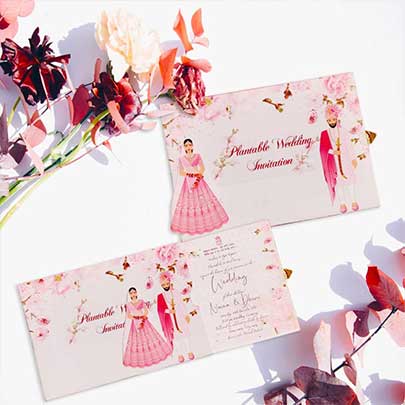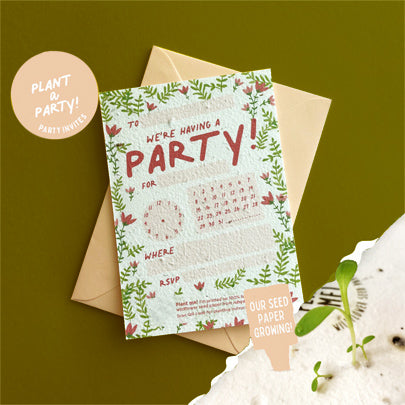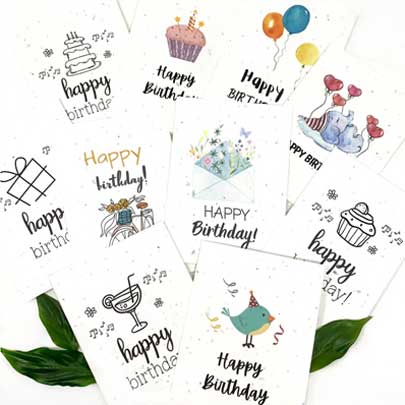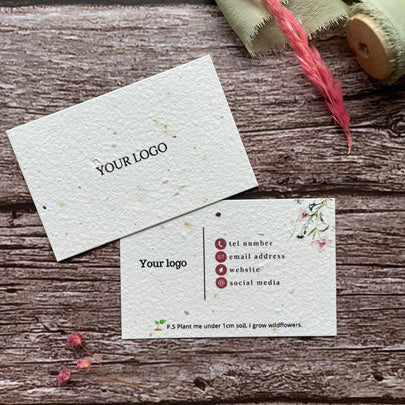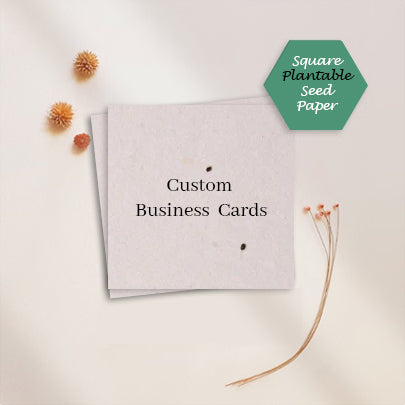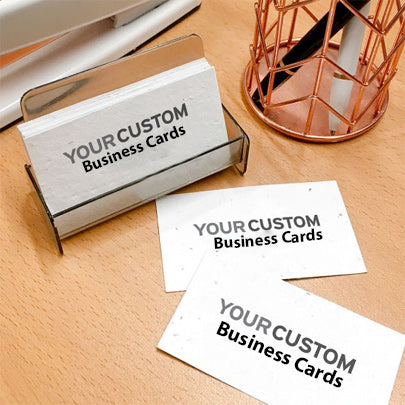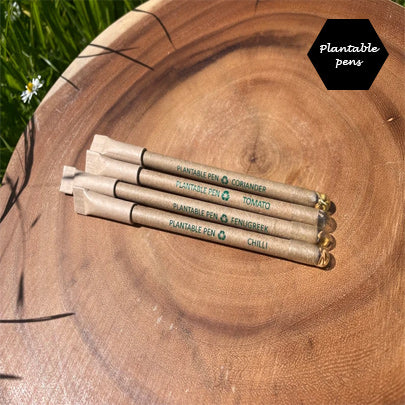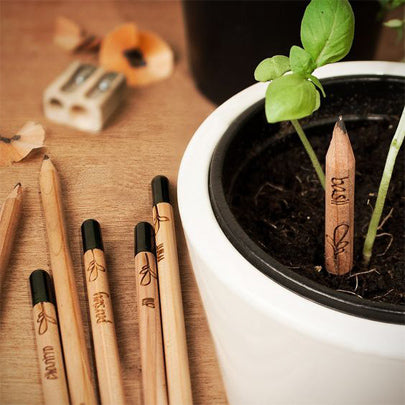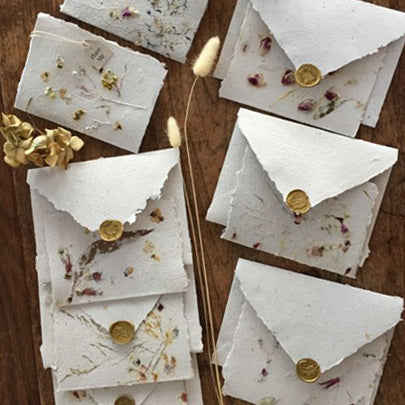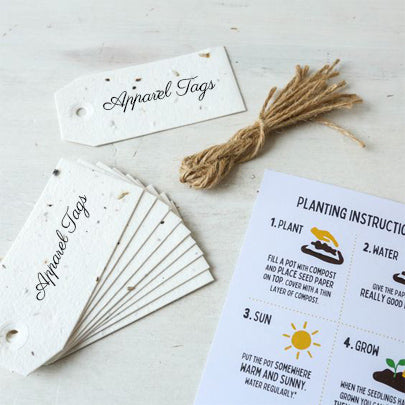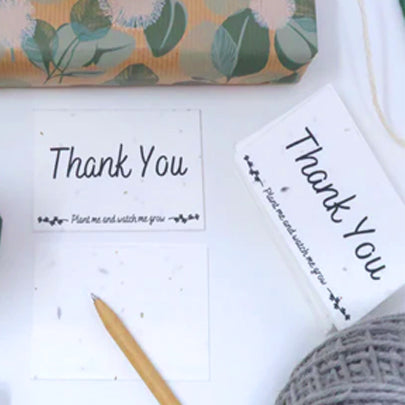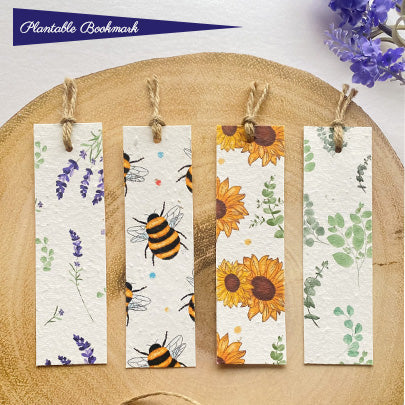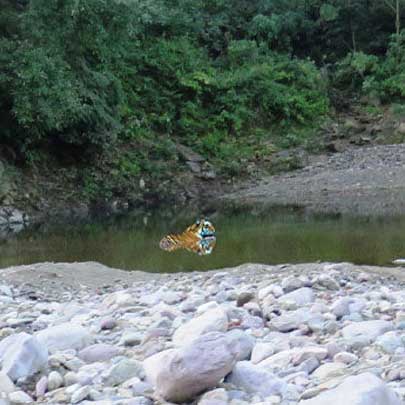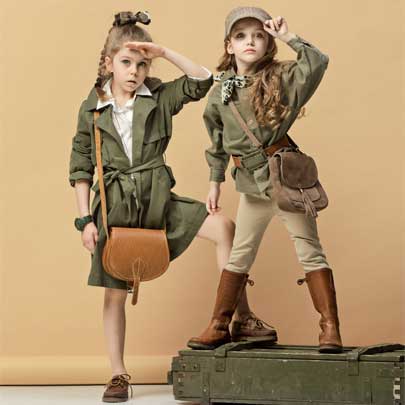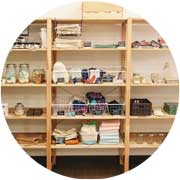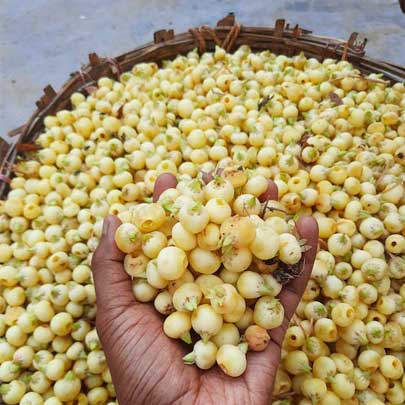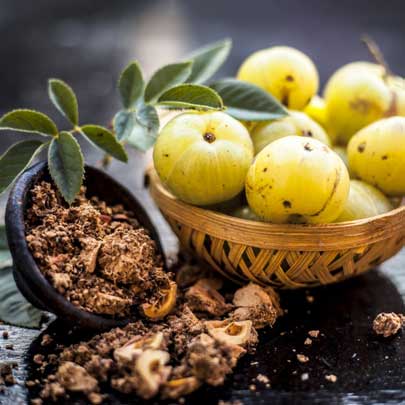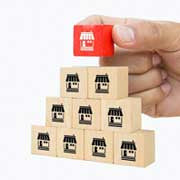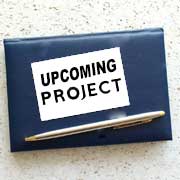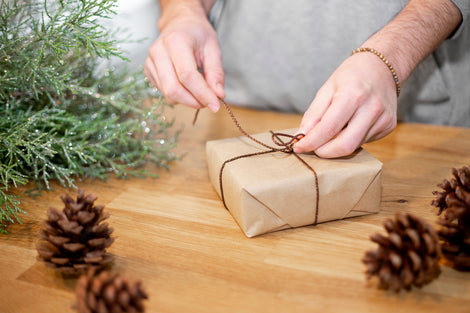Why Schools Should Adopt Plantable Products for Projects
Why Schools Should Adopt Plantable
Products for Projects
In an era where climate change, deforestation, and plastic pollution dominate environmental discussions, educational institutions have a critical role to play in nurturing eco-conscious citizens. Schools are not just centers of academic learning—they are breeding grounds for future leaders, decision-makers, and innovators. One impactful and sustainable initiative schools can adopt is the use of plantable products for school projects and activities.
What Are Plantable Products?

Plantable products are biodegradable items embedded with seeds. Once used, these products can be planted in soil to grow into plants, flowers, vegetables, or trees. Common examples include plantable pencils, seed paper notebooks, eco-friendly stationery, and even plantable greeting cards. These items decompose naturally and leave behind a positive environmental footprint—literally growing into new life.
Why Schools Should Use Plantable Products
1. Promotes Environmental Awareness
One of the biggest advantages of using plantable products in schools is the hands-on environmental education they offer. Children are naturally curious and eager to learn through experience. When students use a pencil that can be planted to grow basil or marigold, they gain a direct connection to nature.
By incorporating eco-friendly products in school, educators can reinforce topics like sustainability, the lifecycle of plants, and the importance of reducing waste—far more effectively than textbooks alone.
2. Reduces Plastic and Paper Waste
The education sector consumes an enormous amount of paper, plastic, and other non-biodegradable materials. According to the EPA, schools in the United States generate nearly 1.5 pounds of waste per student per day, a significant portion of which includes disposable pens, plastic binders, and paper.
By switching to plantable and biodegradable school supplies, schools can drastically cut down their carbon footprint and reduce landfill contributions. Products made from recycled seed paper or biodegradable materials decompose naturally, leaving behind seeds that grow into plants, reducing both waste and environmental degradation.
3. Encourages Responsibility and Mindfulness
Using plantable stationery fosters responsibility in children. After finishing a project, students can plant their used pencils or papers and care for the growing plants. This act of nurturing a seed into a sprout teaches them the value of patience, commitment, and care—skills that go far beyond environmental stewardship.
4. Supports Green Innovation and Creativity
Imagine students designing science fair models or art projects with materials that later blossom into wildflowers or herbs. The creative possibilities with plantable products are endless and inspire innovation in green design and sustainability.
Moreover, students exposed to eco-innovation early in life are more likely to pursue green careers in the future—be it environmental science, sustainable agriculture, or ecological design.
5. Cost-Effective in the Long Run
At first glance, plantable items might seem costlier than conventional products. However, when you consider the long-term benefits—reduced waste management costs, fewer replacements, and healthier ecosystems—the investment is more than justified. Some plantable products even offer dual functionality: a pencil that becomes a plant is two products in one.
Plus, schools can partner with eco-conscious organizations to source these supplies at discounted rates, and even turn them into fundraisers or classroom activities.
6. Teaches Circular Economy Principles
The concept of a circular economy—where products are reused, recycled, or regenerated—is becoming a central pillar in global sustainability efforts. By using plantable eco-friendly school supplies, educators can teach students about closing the loop in product lifecycles, a principle essential to sustainable development goals (SDGs).
Real-Life Impact: Wildlense Eco Foundation

One organization championing this cause is the Wildlense Eco Foundation, a conservation-driven NGO that promotes sustainable living and eco-friendly practices across India. The foundation actively supports the use of plantable stationery and has launched numerous school awareness programs to distribute plantable notebooks, eco pencils, and seed bombs to students.
By partnering with schools, Wildlense Eco Foundation not only supplies sustainable products but also organizes workshops on wildlife conservation, plant biodiversity, and green entrepreneurship—turning ordinary classrooms into ecological learning hubs.
Their initiatives have already reached thousands of students and made a tangible impact on community engagement and environmental responsibility.
Types of Plantable Products for Schools
To better understand what schools can adopt, here’s a list of practical and popular plantable school supplies:
-
Plantable Pencils: Made from recycled newspaper or bamboo with seeds in the stub.
-
Seed Paper Notebooks: Pages embedded with native plant seeds that can be planted after use.
-
Plantable ID Cards: Perfect for events or annual functions.
-
Eco-Friendly Craft Kits: For art and science projects.
-
Seed Bombs: Small balls made of clay, compost, and seeds, great for reforestation and gardening projects.
-
Biodegradable Rulers and Scales: Made from sustainable wood or cornstarch-based plastics.
Each of these products reduces the dependency on plastic and non-recyclable materials while educating students in meaningful ways.
How Schools Can Get Started
Interested schools can follow these simple steps to begin their eco-education transformation:

1. Audit Current Supplies
Evaluate current use of plastic, paper, and synthetic materials. Identify areas where plantable alternatives can be introduced.
2. Collaborate with Eco Organizations
Partner with NGOs like Wildlense Eco Foundation to source authentic and verified eco-friendly classroom supplies.
3. Start Small and Scale Gradually
Introduce plantable items in specific projects, like annual days, science fairs, or art competitions, and then expand to regular classroom use.
4. Educate Staff and Parents
Run workshops and webinars to train teachers and inform parents about the benefits of sustainable school products.
5. Engage Students Through Activities
Encourage activities like “Plant a Pencil Day,” “Seed Paper Crafts,” or “Eco-Entrepreneurship Challenges” to foster student engagement.
Conclusion: Growing a Greener Tomorrow, One Pencil at a Time
Adopting plantable products in schools is more than a trend—it’s a transformative step toward a greener, more responsible future. By integrating these materials into daily learning, schools teach students to respect nature, innovate sustainably, and think beyond disposable living.
Organizations like Wildlense Eco Foundation make this transition easier by offering high-quality, plantable alternatives and robust environmental education programs. The seeds we plant today—in the ground and in young minds—will bloom into a more conscious and compassionate tomorrow.
Interested in making your school greener?
Reach out to Wildlense Eco Foundation and explore their range of plantable educational kits and eco-learning modules for schools.





